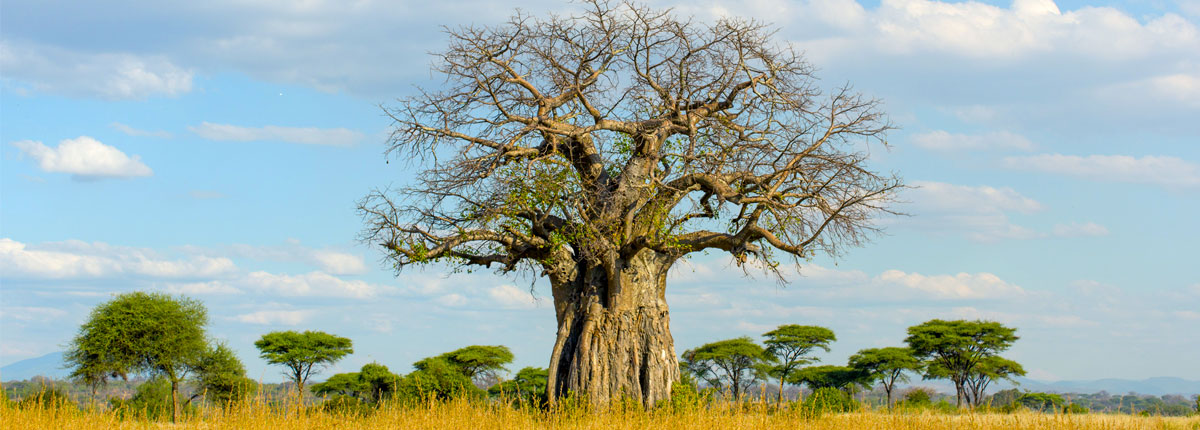
The Swahili Coast is the coastal area in East Africa inhabited by the Swahili people. It consists of littoral Somalia, Kenya, Tanzania and northern Mozambique. It has a distinct culture, demography, religion and geography distinguishing it from inland regions. The culture has developed over the last two millennia from far reaching inputs across an enormous area due to its importance in trade across oceans. It has received inputs from Bantu migrations, Persia, Oman, India and China. References to areas that are part of the Swahili Coast today were found in Middle Eastern, Chinese and Indian literature from the 7th–14th century. Hindu settlements were found dating from the 2nd century.

The trade network the led to the rise of the Swahili Coast spanned the Indian Ocean. Its exports included sorghums, millets, sesame, coconut oil, vinegar, copra, dried fish, hardwoods, ebony, mangrove boats, sisal, coir, rubber, rock crystal, tobacco, carved doors and chests, forged iron, incense, myrrh, gums and resins, gold, copper, iron, domestic and field slaves and concubines. Imports from Asia and Europe included cottons, silks, woolens, glass and stone beads, metal wire, jewelry, sandalwood, cosmetics, fragrances, kohl, rice, spices, coffee, tea, other foods and flavorings, teak, iron and brass fittings, sailcloth, pottery, porcelain, silver, brass, glass, paper, paints, ink, carved wood, books, carved chests, arms, ammunition, gunpowder, swords and daggers, gold, silver, brass, bronze, religious specialists, and craftsmen. The multi-cultural society led to the development of the Swahili language that is fundamentally a Bantu language with significant contributions from Arabic and Hindu.
Gold figured as one of the most important commodities traded on the Swahili Coast. Gold from mines in Zimbabwe was hauled to the coast at Sofala, Mozambique to be shipped north. The city of Kilwa took control of the gold trade in the 13th century and became one of the most wealthy and powerful city states on the Swahili Coast. It was dominant along the coast until the arrival of the Portuguese in the late 15th century. The Portuguese ransacked many of the major cities along the coast and destroyed the trading network. By 1515 the Kilwa city state was in decline and it never regained its prominence or wealth. The Omani Empire gained control over the Swahili Coast and was eventually able to push out the Portuguese by the end of the 17th century. The Omani capital was established in Zanzibar from 1840–1856.


The Swahili Coast is a small littoral area with a huge impact on the world. It is probably best known for the Swahili language that developed there and is now wide spread across East Africa. Swahili is the lingua franca for countries of the African Great Lakes region including Tanzania, Kenya, Uganda, Rwanda, Burundi, Mozambique, and the Democratic Republic of the Congo. Most of the 50–100 million speakers of Swahili use it as a second language after their tribal languages.
